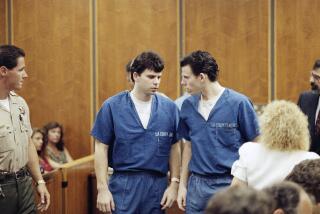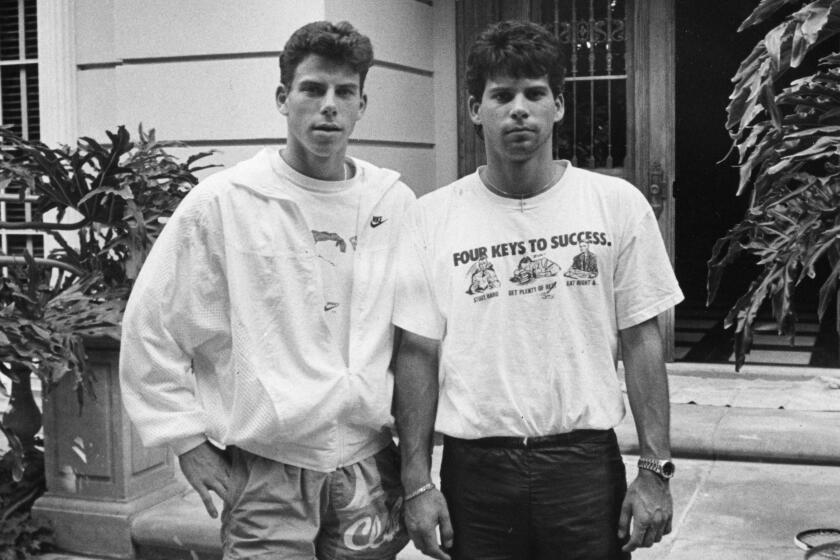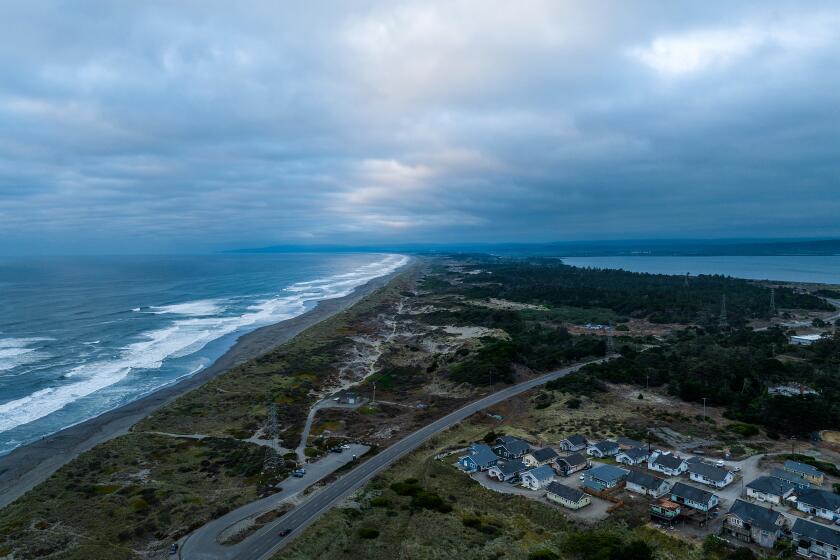COMMENTARY ON TRANSPORTATION : Tollways Juggernaut: Is It the Right Road for Public Travel? : For: Increasing project costs make toll revenue attractive because those who use the corridors pay for them.
Three baseball seasons ago, people were whispering the words that only Kevin Costner could hear in the hit movie “Field of Dreams”: “If you build it, they will come.”
The catch phrase caught on, became a cliche, then drifted into oblivion. But now it’s back.
As public hearings begin this week on the San Joaquin Hills Transportation Corridor, residents are applying “Field of Dreams” logic to transportation facilities and new housing: “If you build it, they will come.” The it is the San Joaquin Hills Corridor. They, of course, are new residents who will clog the freeways, befoul the air, trample environmentally sensitive areas and drive away fragile wildlife.
It’s a clever, but misleading, use of a not-so-old cliche.
There’s a major problem with using the dreamy movie catch phrase when discussing Orange County land-use and transportation facilities. They are coming even if you don’t build it. What’s more, a large number of them already are here, with their automobiles.
The San Joaquin Hills Corridor is designed to accommodate past development and the adopted General Plans of the coastal and South Orange County cities and the county of Orange. The San Joaquin Corridor doesn’t drive new land-use decisions. It serves the decisions that already have been made.
Many argue that planned development is too intense. I know that many people are proud that more than half the 20,000 acres of private land proclaimed to be a Laguna Greenbelt has, over the years, been made permanent open space. Mostly, this was done after 1979, the year when the alignment for the San Joaquin Hills Corridor was adopted and drawn definitively into county and city plans. More than 10,000 acres of preserved open space surely is something of which to be proud.
Think on the reasons it has happened. New home buyers have been given their piece of the American dream. Business parks have been approved so residents can get jobs at workplaces within easy driving distance, not by making long commutes.
New residents and employers are paying their fair share for building the San Joaquin Hills Corridor. You bet they are. Developer fees are covering almost half the cost, which is equal to the use these new residents and South County employees will make of the facility.
Because we have lived with the fee program for five years it is easy to overlook, but this aggressive developer fee program to help finance the San Joaquin Hills, Eastern and Foothill corridors was previously unheard of. Millions of dollars have been collected and most of it spent on planning, environmental, financing and design studies.
The other half of the facility costs, to pay for trips by pre-existing residents and drivers coming from beyond the local areas, will also come from those who use the corridors, not public financing.
The three corridors and two toll facilities to be privately built are on the cutting edge of transportation financing in America. Orange County is bringing back the venerable toll road concept.
Toll roads, once a mainstay of road financing, fell out of favor in the 1950s, when the Eisenhower Administration began the greatest road-building effort in the world’s history. The federal interstate highway system, coupled with extraordinary companion efforts in California, relegated toll financing to paying off debts in a few aging Eastern cities and to a few quaint mentions in history books.
But as project costs increased and purchasing power from non-growing revenues decreased, toll revenue became more attractive. As academics began talking about congestion pricing and politicians began talking about user fees, the idea of tolls as a financing tool began to become fashionable once again.
More to Read
Sign up for Essential California
The most important California stories and recommendations in your inbox every morning.
You may occasionally receive promotional content from the Los Angeles Times.










